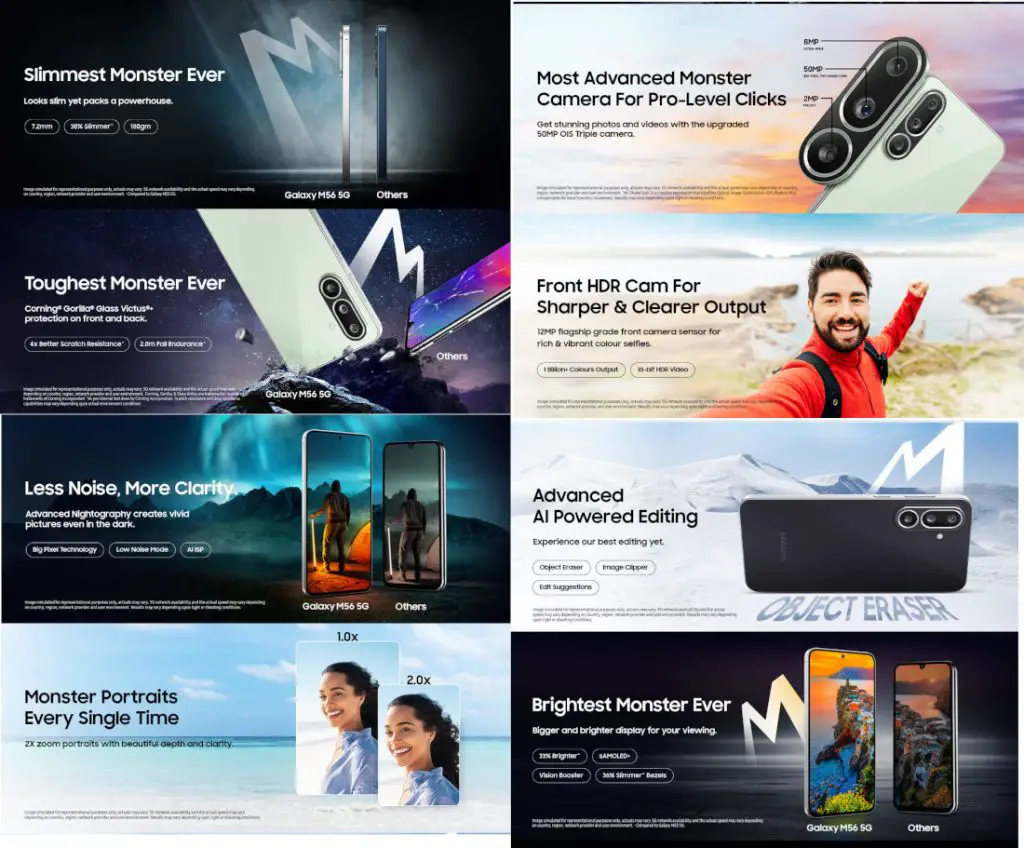Sustained and impressive economic growth over the past three decades has made China a global manufacturing power (Holz, 2008). However, China’s economic development has now reached a new stage, and various measures are needed to promote future prosperity. In addition to the measures outlined in China’s 12th Five-Year Plan, such as stimulating domestic demand and restructuring industry, China has begun to pursue technological leadership by promoting domestic innovation (Sigurdsson, 2005; Suttmeier and Yao , 2004; Rowen and Hancock, 2008). In fact, some domestic companies, such as Huawei and ZTE, have managed to advance technologically by taking advantage of the peculiarities of the domestic market and the technical arrangement of the telecommunications (switching system) industry (Mu and Li, 2005). Liang and Yeh (2011, 188) define mobile games as “video games played on mobile devices such as mobile phones, smartphones, PDAs, and handheld computers”. However, handheld gaming machines in the form of the Game Boy, Tetris, and other small devices have been around for centuries, so this phenomenon is no longer so new. Smartphones have become part of people’s daily lives and provide information to other people, especially consumers, and can be considered a consumer information system (CIS).
According to Chun, Chung, and Shin (2013), “Smartphone applications are developed by individuals, businesses, government agencies, the military, educational institutions, and other organizations that want to use technology for entertainment, problem solving, and meeting needs.” Are.” Smartphones contain a variety of communication apps, messaging clients, and email clients, which act as a medium for customers to network and communicate with consumers. The App Store offers a large number of applications for smartphones, and they are becoming increasingly popular in searching information. Now not only large national companies, but also local businesses, organizations and non-profits are finding successful ways to use mobile content to provide information and participate in sales and marketing activities. Although businesses can view their website on desktop, it is more effective to target mobile website audiences. Today, online businesses can directly target all those customers with marketing promotions for their products who are always on their smartphones. Customers can browse online shopping products and make purchases through the app on their smartphones.
Hwang (2012) stated that people used to download applications on their smartphones, which shows how dependent people are on these devices. Hwang said the innovative technology of smartphone applications will help the company spread its products around the world. Social networks can be easily used for advertising while placing and receiving orders from customers around the world. With the rapidly increasing popularity of applications among smartphone users, it is true that smartphones may overtake desktop computers for personal use. The sophisticated features of smartphones attract entrepreneurs, especially those interested in online business. Smartphone features help advertise products by representing a new frontier on the Internet and the World Wide Web themselves. Therefore, mobile apps allow online businesses to plan and focus on increasing sales. Carrigan (2011) claims that “Nearly 50% of Techno Metrica survey respondents believe that using mobile apps has allowed them to devote more time to increasing business revenue. 51 percent of these small businesses Say it has made them more competitive”.
Therefore, online businesses are also classified as small businesses. Owners usually spend a lot of time growing their businesses. Therefore, sales and revenue can be increased by using smartphone applications while using them as an administrative function. Furthermore, mobile gaming businesses also look to smartphones as a way to leverage their business. Companies now use the Internet as their most valuable tool through creative innovation in product promotion, and the advent of 4G networks will accelerate adoption in the form of new devices, faster speeds, and better and more effective mobile apps, leading to Companies will be able to communicate with the public. Advertisers believe that people are more likely to click on ads targeted to their specific interests. Business owners are encouraged to create alternative versions with useful features to make profits. As Kirk (2011) argues, “Apps will inevitably be offered for free or at very low cost, and app users will be exposed to advertising messages.”
Interactive advertising on mobile devices is expected to increase because there is no charge to advertise products for sale. If app users have the right demographic profile or the manufacturer’s products or services properly match the target market, this approach can lead to increased profitability and the acquisition of funds needed to maintain and grow the business. Lu et al. (2007) investigated whether the TAM-based model could be applied to the Chinese context. Qi et al. (2009) also tried to extend the original TAM by considering China-specific factors: The power of smartphone apps certainly provides entrepreneurial opportunities in this new generation of technology. Currently, research on the mobile industry and mobile games in East Asia or China mainly consists of studies on factors influencing the adoption of mobile services (e.g. Liu and Li 2010; 2011; Lu et al. 2008; Qi et al. 2009). On the other hand, some studies have also addressed the issue of loyalty (Deng et al. 2010; Zhou et al. 2010). However, these opportunities, like most other entrepreneurial opportunities, require a solid business plan that can be considered part of a business career. A successful app requires more than just a little programming. It takes careful planning to identify opportunities and develop a product that will give you a competitive advantage.
Research Method
An experimental research method was conducted using the Pearson correlation coefficient. Statistical measurements have been used to study how companies are using new technologies in today’s world. To collect generalized data from a sample representing the entire population, questionnaires, oral interviews, and WeChat surveys were specifically distributed to smartphone users as a specific group. The WeChat survey was conducted via WeChat and email. WeChat survey and sent survey links to some enterprises in the private and public sectors through short messages and emails to investigate the behavior of enterprises when playing games using smartphones to study mobile phone games and mobile phone games Had gone. Oral interviews were conducted by the researcher in an open environment. The questionnaire and survey consisted of a combination of 19 questions, including open-ended, closed-ended, and Likert-scale questions and were divided into three corresponding parts that represented the participant demographic section, including information about the respondents. Basic information such as gender, age, and status of the participant was included. The second part focused on the mobile gaming experience using smartphones, and the final part focused on participants’ satisfaction, which was assessed by respondents using Likert-scale questions.
Two different methods were used: questionnaires and oral interviews based on WeChat surveys. In the oral interview, participants were surveyed using a questionnaire that consisted of 19 questions including open-ended questions, closed-ended questions, and Likert scale questions. The various answers and results were then interpreted, evaluated, classified and grouped. In the WeChat survey, respondents received a link via message and had to answer the same questions in the survey and submit to receive the answers online. In this study, Table 1 shows the various demographic characteristics of the data collection conducted for this study, the results of questions on information gathering habits and mobile games to gain information about how smartphones influence the consumption of mobile games. Shows intention to play. The analysis revealed that of the entire sample, approximately 68.2% were male and 31.8% were female.
Read Also:
- Study On The Rapidly Growing Influence Of Smartphones In China’s Mobile Gaming Industry
- Exploration of Problematic Smartphone Use Among Chinese University Students
- Future Generation Of Smartphone
- Smartphone Market Shares
- Competition Between Smartphone Brands








Leave a Reply